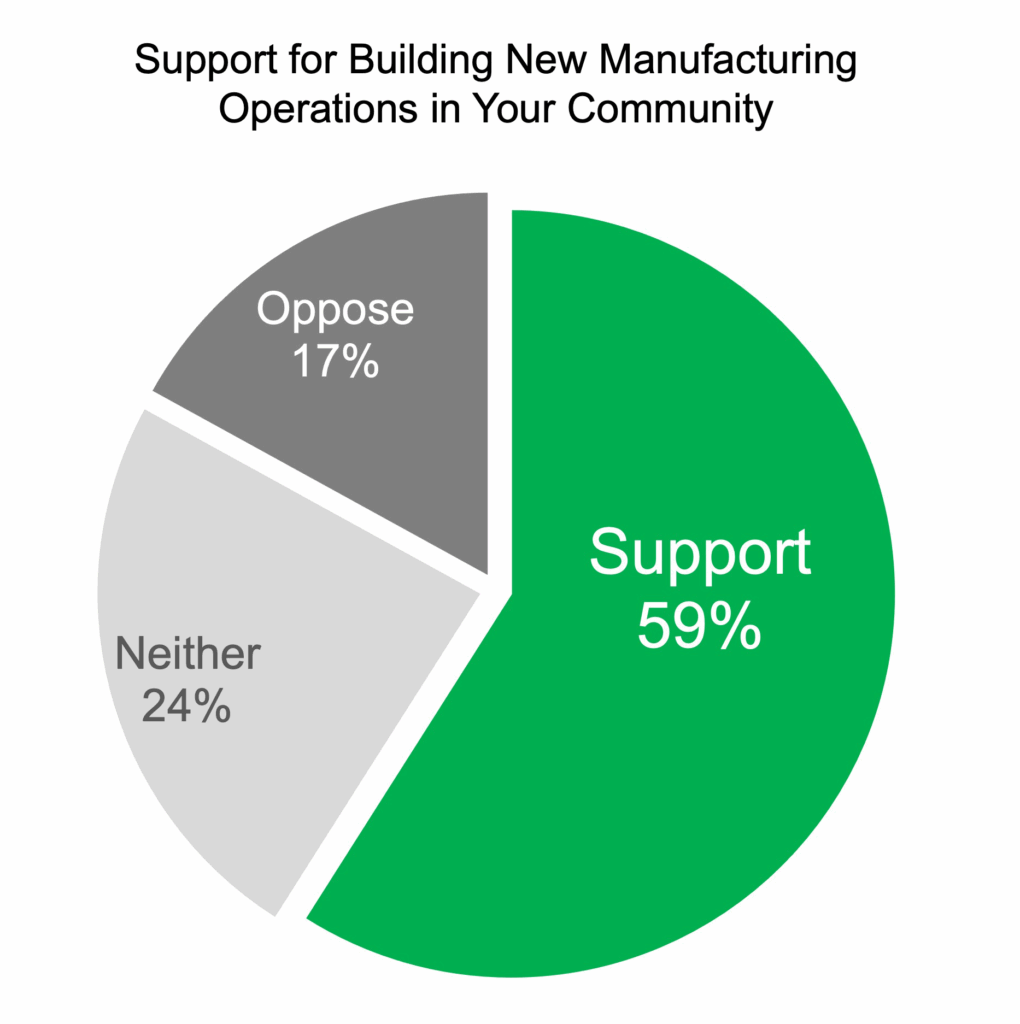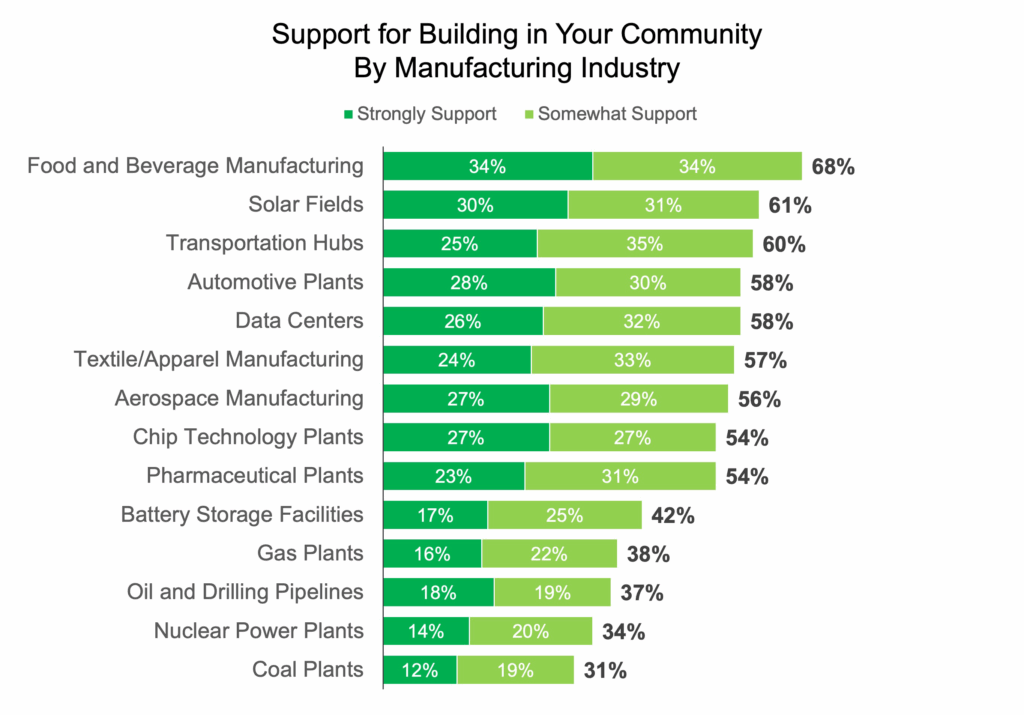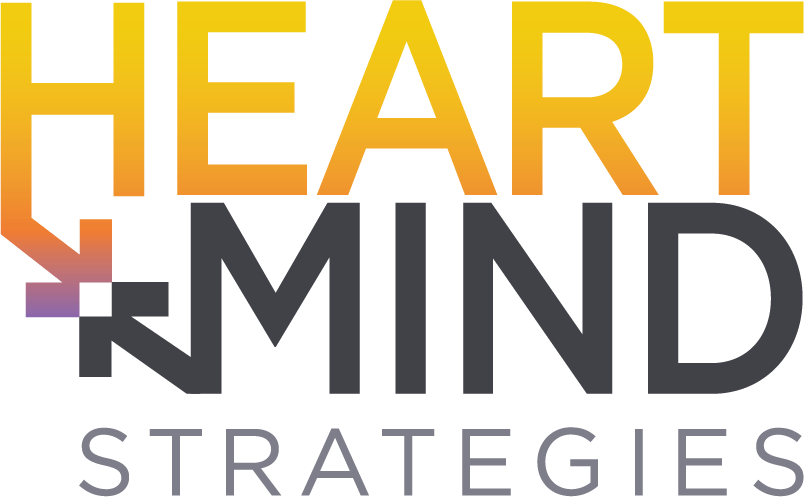After several challenging years marked by inflation, supply chain disruptions, and cautious monetary policy, the U.S. manufacturing sector entered 2025 with renewed optimism. This momentum is fueled by easing inflation, stabilizing supply chains, and a strategic shift toward nearshoring and reshoring—trends poised to bring production and jobs back to American soil. Manufacturers are hopeful that new federal policies and incentives will bolster economic growth and support domestic production.
Recent major investments underscore this revival. Nvidia’s announcement of up to $500 billion in new U.S. manufacturing infrastructure, including new chip production facilities in Arizona, Houston, and Dallas, is expected to create hundreds of thousands of jobs and dramatically expand domestic capacity for advanced technologies. Similarly, GE Aerospace’s nearly $1 billion investmentwill upgrade factories across sixteen states, including significant expansions in North Carolina. Eaton’s $340 million commitment to a new transformer manufacturing site in South Carolina and Merck’s $1 billion vaccine production facility in Durham, North Carolina, further signal that manufacturing growth is spreading well beyond traditional industrial hubs.
Community Response and Local Support
As manufacturing companies look to expand, local leaders and residents are weighing the potential benefits and challenges. Many communities welcome these projects for the promise of job creation, infrastructure investment, and increased tax revenues. State and local governments are often active partners, offering incentives and touting their skilled workforces, as seen with Eaton’s partnership with South Carolina officials and Merck’s collaboration with North Carolina leaders.
A recent Heart+Mind Strategies poll indicates that 59% percent of adult Americans support the building of new manufacturing operations in the communities where they live, while 24% are on the fence and 17% oppose.

The level of support varies greatly by the type of manufacturing that is planned. For example, over half of Americans support various types of builds in technology, transportation, and textiles, with the strongest support showing for new food and beverage manufacturing, while new energy plants (outside of renewables) are the least supported.

However, community responses can be complex. While there is broad support for economic revitalization, some residents raise concerns about environmental and safety impacts, changes in local character, cost implications, health impacts, and strains on housing, traffic, or public services. Successful projects often hinge on transparent communication, responsible corporate citizenship, and tangible commitments to workforce development, safety and environmental stewardship. To reinforce support and persuade the fence sitters, companies benefit from understanding stakeholder values, beliefs and decision making and translating that insight into the means to more effectively engage their audiences.
Stakeholder Engagement Pays Off in Manufacturing Site Planning
As companies invest in new facilities and technologies, local communities are increasingly positioned as key partners in America’s manufacturing comeback—balancing hopes for prosperity with the need for thoughtful, inclusive growth.
Companies seeking to site new manufacturing facilities will need to work with the leaders and residents of the communities in which they will live and operate, as a vital dimension of future business success. This means fostering a positive reservoir of goodwill with the public, public officials, economic development leaders, NGOs, and future talent in targeted regions for development. With strong relationships, these audiences are more likely to advocate on your behalf, support your plans and initiatives and give you the benefit of the doubt when a problem occurs, mitigating opposition as well as operational and reputational risks.

Effective stakeholder engagement requires a thoughtful approach. You need to know which stakeholder groups to prioritize, how best to understand their needs, and what actions and strategies are important to foster trust, reduce risk, and build buy-in. Here are 3 steps to help you effectively engage with the stakeholders in your potential new community:
Stakeholder Mapping
Stakeholder mapping is key, as it will allow you to identify the types of groups and individuals that your potential new project will impact. Part of mapping out your stakeholder groups includes assessing their level of influence in the community, as well as their interest in your project, which can tell you who has the largest potential impact on your success or failure. This can guide your communications, telling you which groups need detailed and specific information, vs. who requires more general information on the project to feel informed and engaged.
Needs Assessment
As you consider various sites for new manufacturing facilities, it’s important to fully understand stakeholder needs and expectations.
- What is your relationship with these stakeholders? Do they support or oppose this development, or are they on the fence? What is their demographic and psychographic profile? What do they see as the benefits or drawbacks of your investment in their community?
- What drives your reputation with them and how do these drivers map against your business priorities and risks? Where are the gaps?
- Who do they trust? How can you best get the right message to each stakeholder, in the right way?
Strategic Planning
At the end of the day, it all comes down to a solid strategic plan. You need to synthesize your stakeholder insights into effective communication, messaging and action plans that will build public support for your manufacturing site while reducing risks.Developing a community engagement playbook is key, providing guidance and messaging reference to:
- Proactively reinforce support for your project
- Respond to opposition and concerns
- Tailor messaging to specific stakeholders
- Strengthen partnerships with other local organizations and business that help build trust in your efforts
RELATED: 4 Tips to Building a Powerful Communications Playbook
Connect With Us
Overlaying how your company is perceived on the things that matter most to community leaders and the public takes the guess-work out of making critical strategic and investment decisions, improving your freedom to operate. By mapping stakeholders, and understanding their needs, expectations and values, you have the information to build a focused strategy that engages and unifiesresidents, businesses, and leaders behind shared goals and desired outcomes, fostering mutual success as the nation revives manufacturing.
Connect with us to talk about how Heart+Mind can help you to more effectively engage stakeholders as you plan your next site build.
